How to grow streptocarpus: add colour with these easy-to-grow Cape Primrose houseplants
Find out how to grow streptocarpus and you’ll be hooked in no time. Also known as Cape Primrose plants, they're super easy to propagate, which means lots of free plants
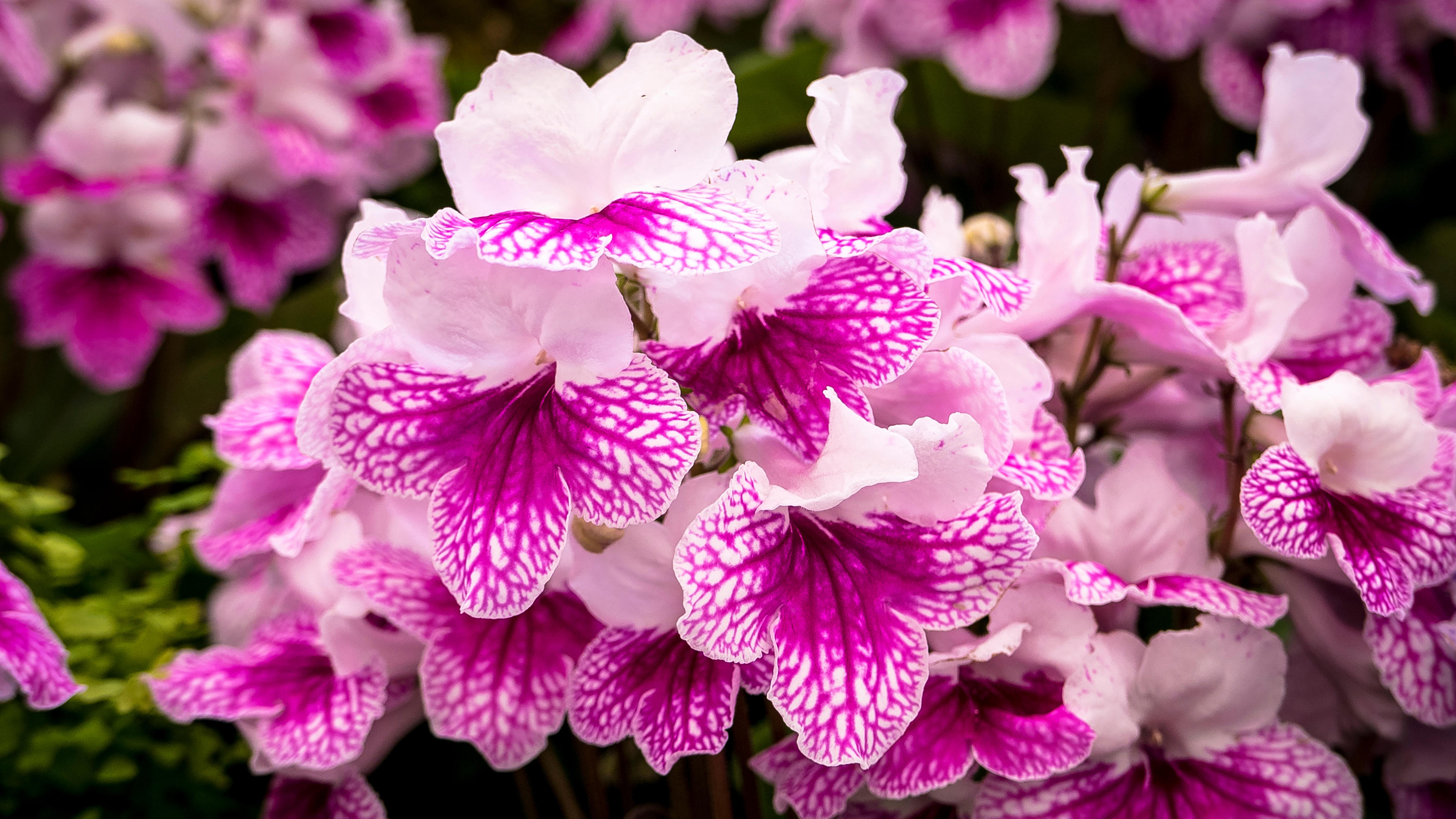

Never thought about how to grow streptocarpus? Soon you'll wonder what you did before these stunning plants filled your house. Also known by the common name of Cape Primrose, they come in a wide range of pretty colours and produce flowers for months on end from spring right round to autumn.
Streptocarpus plants are also easy to propagate from leaf cuttings so you'll quickly end up with lots of baby plants you can give away to friends and family (or keep for yourself...) You can grow them from seed too.
There are hundreds of varieties of streptocarpus (Cape Primrose) to choose from and they're very collectable. As the name suggests they originate from South Africa and their natural habitat is an easy environment to replicate indoors.
Streptocarpus are happy in normal room temperatures, although they might suffer in overheated rooms during winter and they hate bright sunlight in summer. You can also grow them outside in the garden if you find a sunny, sheltered spot but you will need to keep an eye on them to make sure their leaves don't scorch.
We reckon they will soon become your favourite. Read on to find out more about their likes and dislikes, and how to get lots of plantlets to max up your collection. If you need more inspiration don't miss our guide to the best indoor plants.
Where to buy streptocarpus
You can grow streptocarpus from seed, but you may prefer to buy them as either a plug plant or a fully grown plant if you want quicker results. Shop streptocarpus at the below suppliers, or keep scrolling for some of our favourite picks at the end of the article.
- Buy streptocarpus at Amazon
- Buy streptocarpus at Crocus
- Buy streptocarpus at Dobies
- Buy streptocarpus at Suttons
- Buy streptocarpus at Thompson & Morgan
- Buy streptocarpus at Waitrose Garden
How to grow streptocarpus from seed
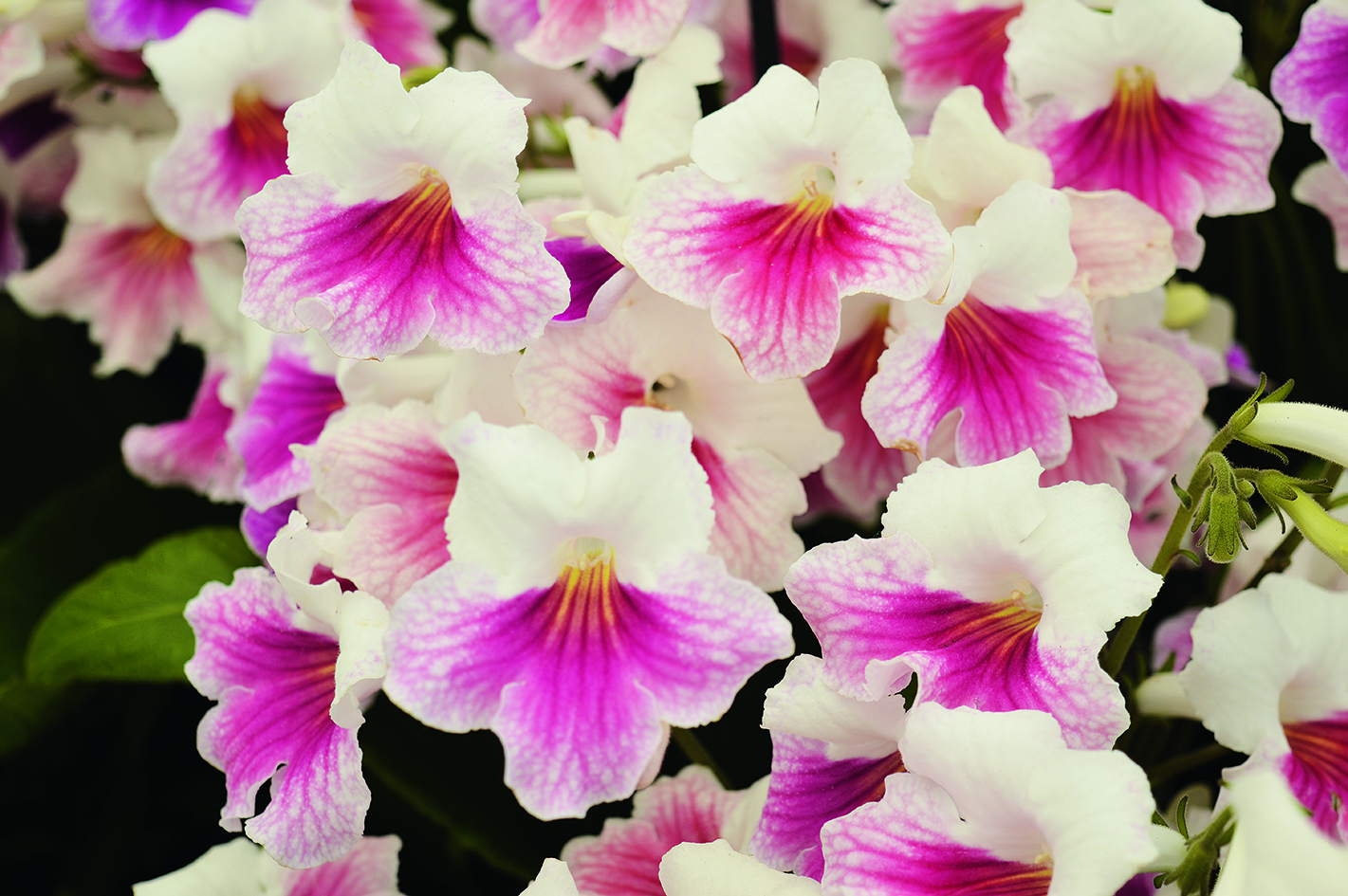
You can grow streptocarpus (Cape Primrose) plants from seed and it’s easy to do. The best soil to use is houseplant compost but multipurpose compost with added perlite also works. Set the seeds on top of the compost.
Pop the pot into a clear plastic bag to ensure the right humidity levels. Make sure the soil remains moist and allow it to drain freely from the base to prevent the pot becoming water-logged.
Choose a bright spot for the pot with temperatures above 18℃ (64℉). A heated propagator is ideal. Your seeds will sprout in around six to eight weeks. Remove the bag once the leaves have appeared, then transfer your young plants to their own 7cm pots when they're strong and sturdy looking.
How to look after streptocarpus plants
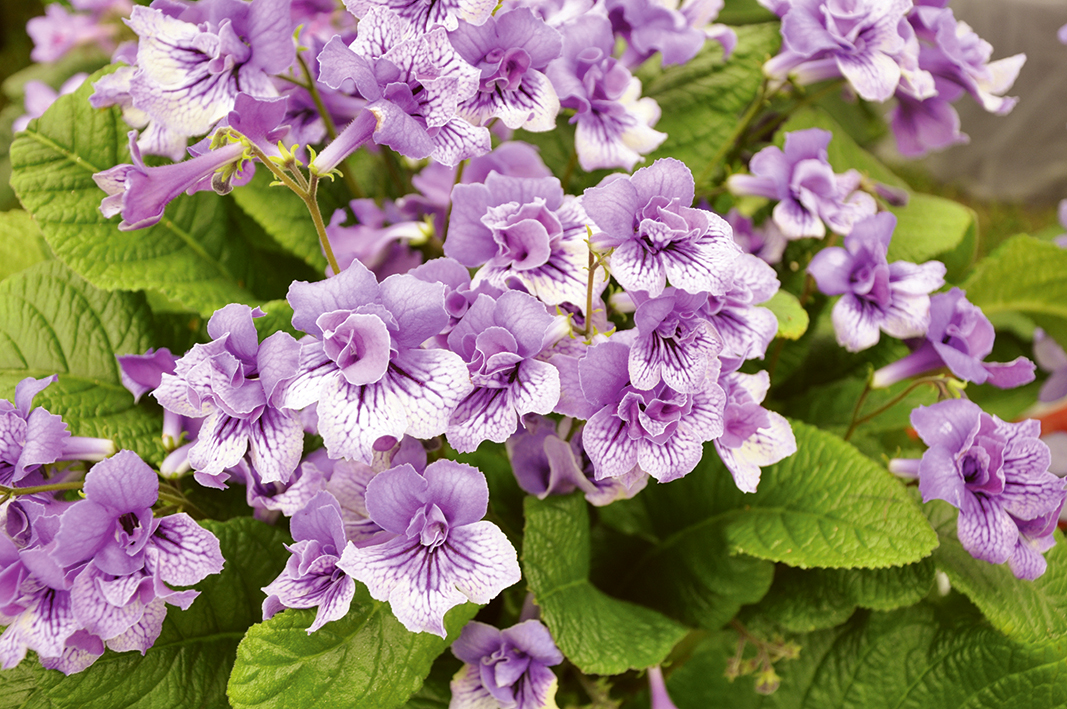
These are easy-care plants but there are one or two things you'll need to look out for.
In autumn and winter put your plants on a south-facing windowsill for maximum light, but move them out of the way of any overnight draughts. Stop feeding them and only water when the compost is dry, as plants may rot if the compost is too wet. Expect some leaves to die back and remove them by nipping them out at the base. Cut out stems when they have finished to encourage the plants to produce more.
In spring and summer don’t expose them to strong sunlight. An east- or west-facing windowsill is the perfect spot. If you put your plants in a greenhouse or conservatory remember they will need shade on hot days as well as ventilation.
Water regularly from March onwards and make sure you don’t drench them and leave them sitting around in water, which they'll hate. From March to September feed them every couple of weeks with a high potash plant feed at half-strength or a specialist streptocarpus food.
How to grow streptocarpus outdoors
If the weather is warm enough streptocarpus plants will thrive outdoors. During the summer find a sheltered location with temperatures above 12℃ (54℉) and they will do well. If you do decide to take your plants outdoors, don't allow them to be scorched by direct sunlight or become dehydrated as this will be detrimental to their health.
What sorts of problems affect streptocarpus?

These plants are generally problem free. The biggest danger is overwatering because this kills the roots and the leaves rot at the base, causing the plant to wilt badly.
They're not sun-lovers and too much direct light will scorch the leaves, as will splashes of water if you're careless when you water them.
Older leaves naturally turn brown at the tips. Either cut them away completely, or trim them back to healthy green growth with scissors.
Keep a watchful eye out for greenfly, which sometimes cover the flower stems early in the year. Plants may also have problems with mealy bug and root mealy bug. This can cause the leaves to wilt but this can also be triggered by under- or over-watering.
How to repot a streptocarpus
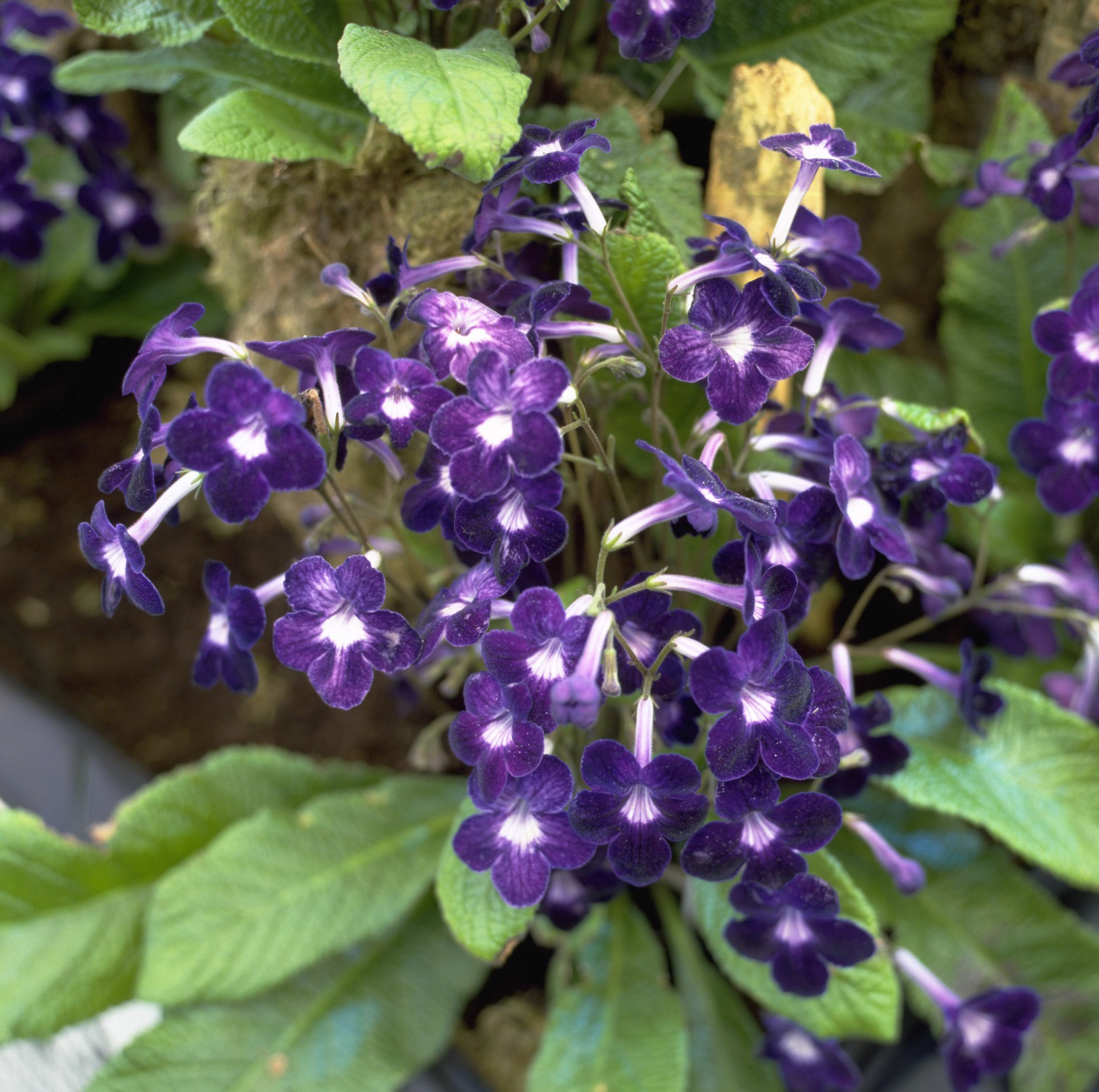
When a plant gets too big for its existing pot it's time to transfer it to a slightly larger one. Spring is a good time to do this. Choose a pot that’s only a little bigger so the change in environment isn’t too drastic.
Use a specialist houseplant or multi-purpose potting compost. Hold off on feeding until the roots appear at the base of the pot. Stand the pot on a saucer of grit kept moist to increase humidity.
How to propagate streptocarpus cuttings in 5 easy steps
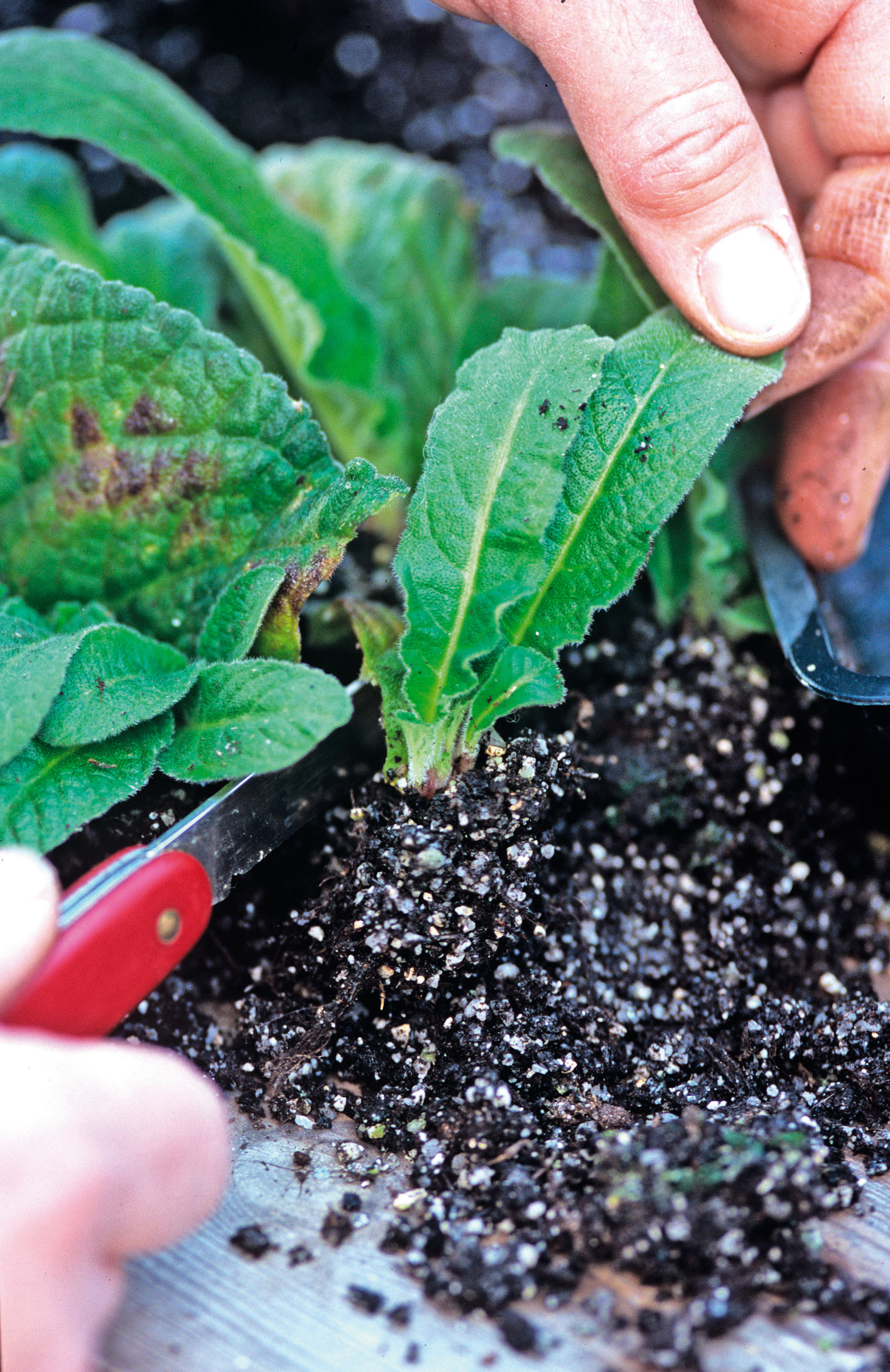
1. In spring or early summer cut three or four healthy younger leaves from the centre of the plant. There are two ways of preparing them. Either cut the leaf lengthways either side of the spine with a sharp knife so you remove the spine and are left with two long pieces of leaf. Or the alternative way is to cut each leaf into three or four 5cm sections horizontally leaving the spine intact. Be careful to make a clean cut so you don't damage the veins on the leaf as this may hinder rooting.
2. Fill a small seed tray with a mix of equal parts peat-free seed and cutting compost and perlite. Make sure the compost is moist but not too wet as you don’t want the cuttings to rot.
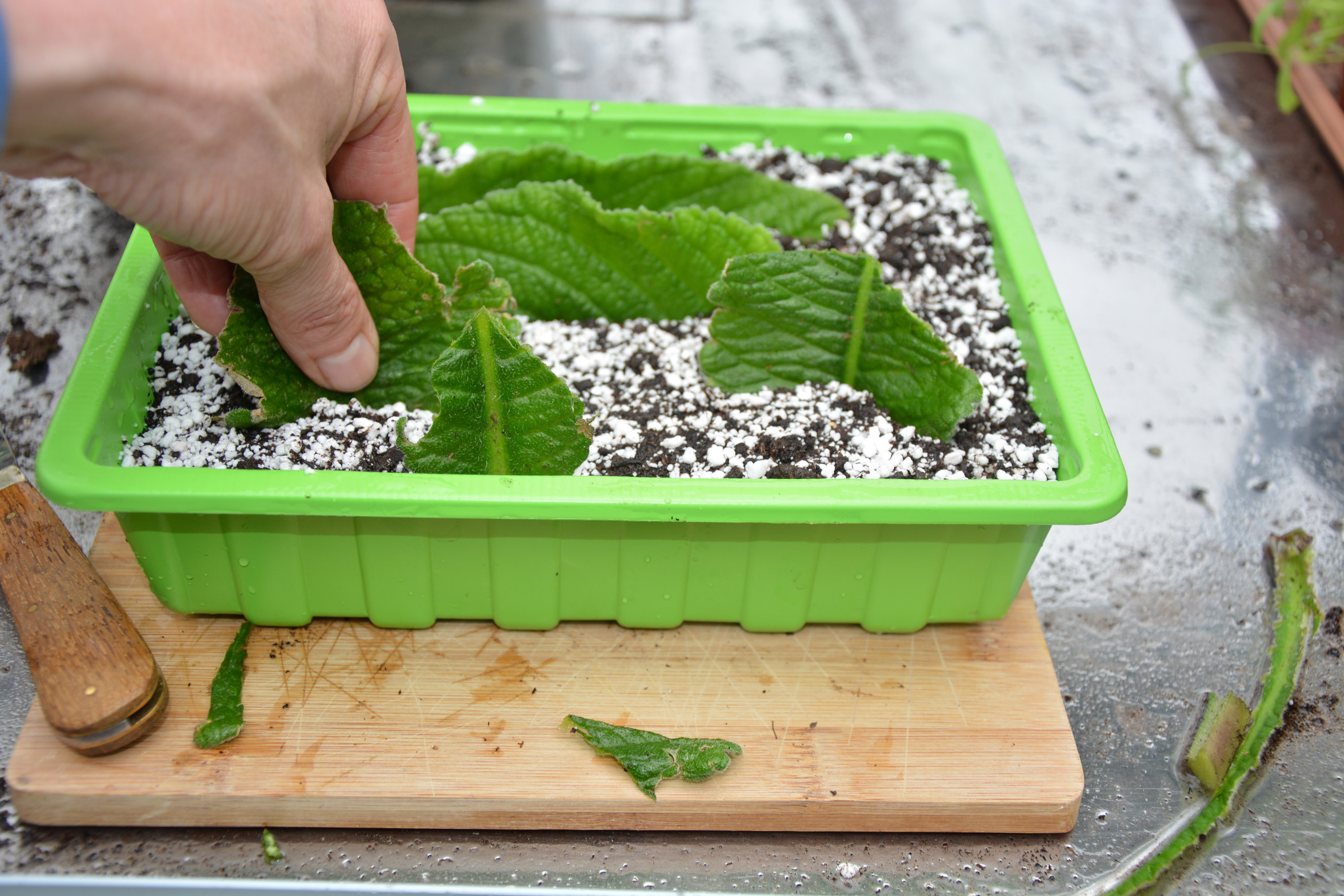
3. Make a few parallel trenches to fit the sections of leaf into and firm up the soil around them, then give the soil a light misting of water.
4. Cover with a clear polythene bag to create the right level of humidity so the leaf cuttings don’t dry out. Tuck the ends of the bag under the seed tray to create a seal. Put the tray in a bright spot that isn’t in direct sunlight. Or you can place it in a propagator, ideally one that’s heated for quicker results. Remember to ventilate regularly.
5. New plantlets should appear in around four to six weeks along the cut edges of the leaf segments. Once they're well-rooted transfer them to individual 10cm pots. Tease them out of the seed compost gently so you don’t damage the roots.
4 varieties of streptocarpus to try
With so many wonderful colours and varieties to choose from you're spoiled for choice. Here's a round-up of some of our favourite Cape Primrose plants.
Streptocarpus 'Harlequin Blue' from Thompson & Morgan
A breathtaking houseplant with two-tone mauve and cream blooms. Creates a superb focal point on a sunny windowsill or in a conservatory. Its striking good looks and easy-going nature make this Cape Primrose the perfect choice for beginners.
Streptocarpus 'Sweet Rosy' from Dibleys
One of the few scented streptocarpus you can buy. When the plant matures this variety is covered with over 100 flowers that open at the same time. The flowers start off red and white then this changes to pink and white as the plant matures.
Streptocarpus 'Crystal Ice' from Suttons
An outstanding variety with blue veining on white petals. This medium-sized plant with attractive narrow leaves has stems with between 7-13 flowers. Couple this with year-round flowering and you have a magnificent new type of streptocarpus to snap up.
Streptocarpus 'Blue Frills' from Suttons
A tall stemmed double variety with pretty ruffled petals. The blue-mauve veining on the lower lobes picks up the dense blue-purple of the upper lobes and there are touches of cream on the petals too. An upright growing variety that has medium/small flowers.
More houseplant advice:
- Indoor plant ideas: check out these latest houseplant trends
- Caring for indoor plants in winter: keep them looking healthy
- How to repot a plant: it's essential to ensure it grows well

Lifestyle journalist Sarah Wilson has been writing about gardens since 2015. She's written for Gardeningetc.com, Livingetc, Homes & Gardens, Easy Gardens and Modern Gardens magazines. Having studied introductory garden and landscape design, she is currently putting the skills learned to good use in her own space where the dream is establishing a cutting garden.




